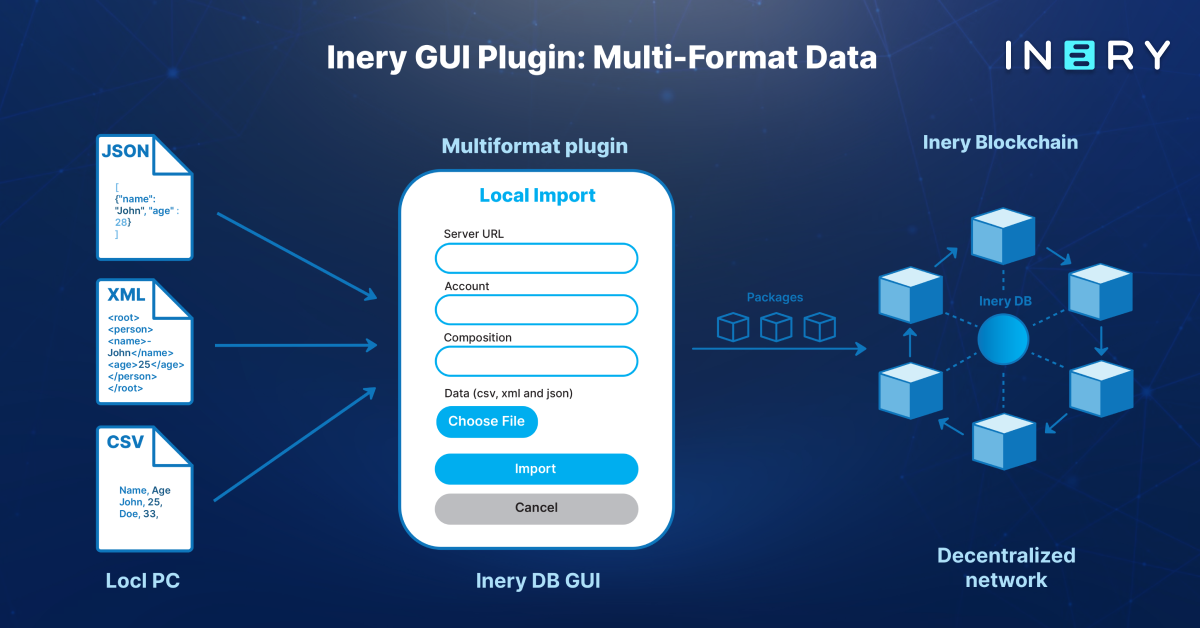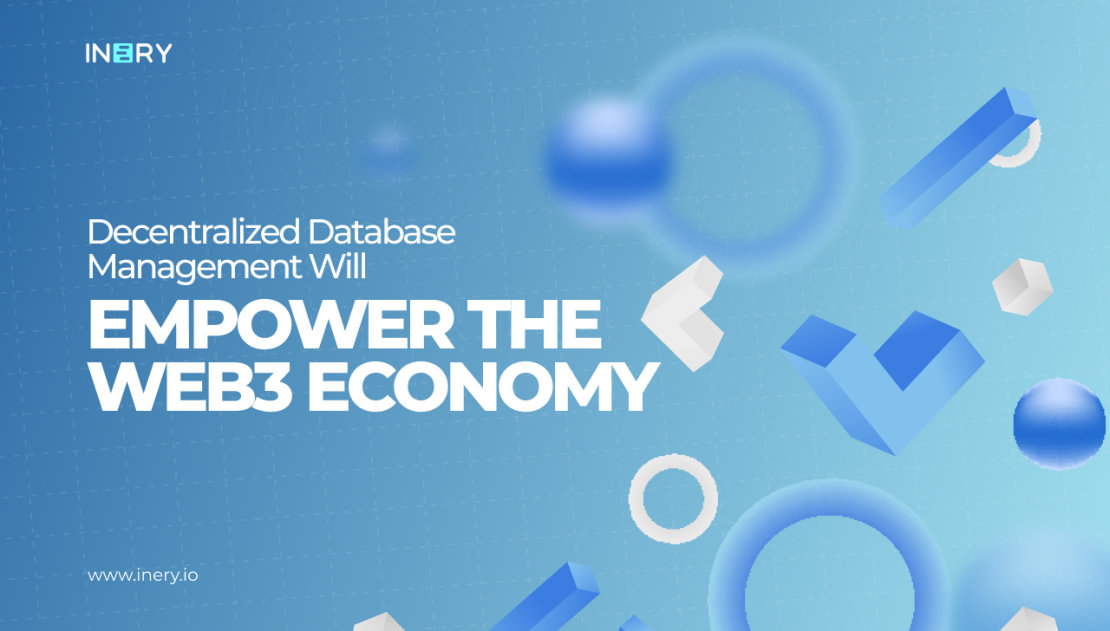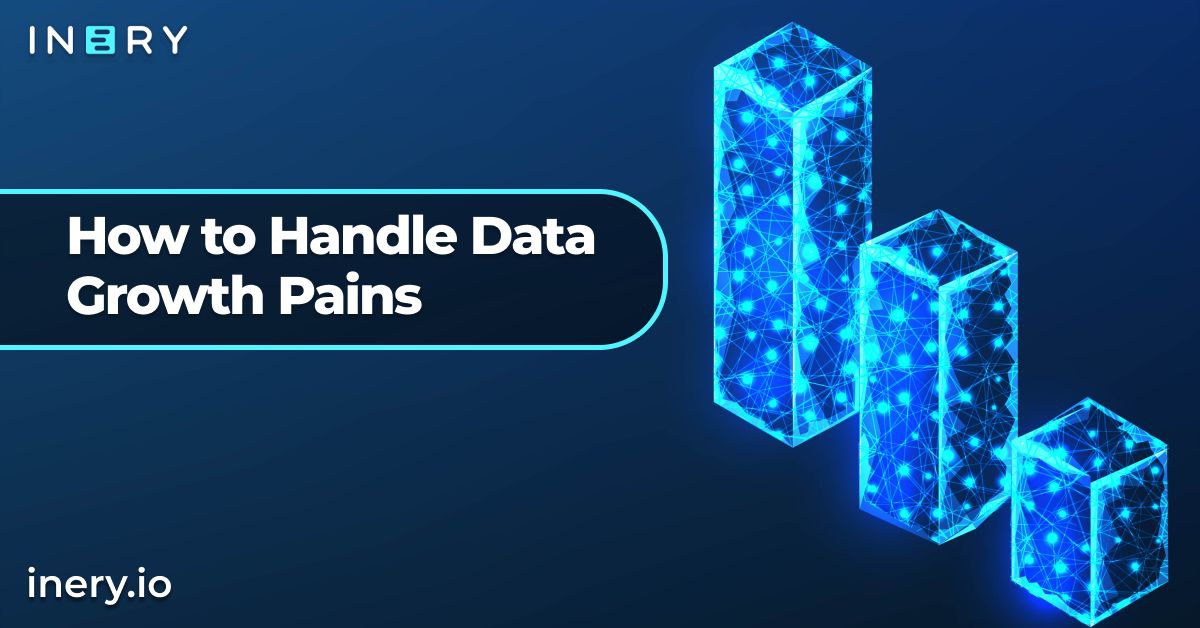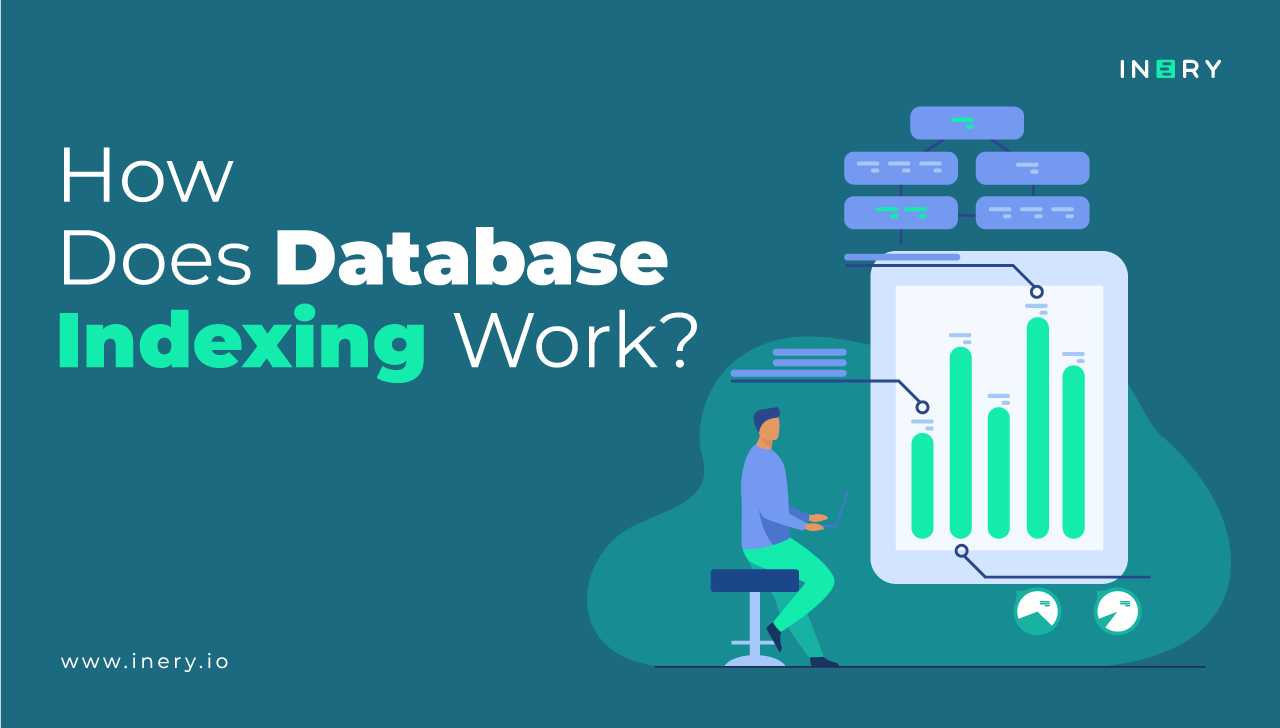Anyone working with data long enough has probably had that conversation. The one where a colleague sighs and says, “We’re drowning in data.” And it’s not even an exaggeration. Businesses today collect, store, and process more data than ever before. The pressure to scale, optimize, and secure this expanding volume is growing just as fast.
According to IDC, the amount of digital data created in the next few years will surpass everything generated in the decades before. The numbers are staggering, but the bigger challenge is managing that growth without overloading infrastructure, compromising performance, or pushing IT teams to the brink.
More Data, More Headaches
Data doesn’t just sit there. It demands space, processing power, and a system that keeps everything accessible. With the rise of AI, analytics, and user-driven applications, databases are working harder than ever. New applications are deployed faster than old ones are retired. Storage expands, but so does the complexity of managing it all.
The traditional response is to add more servers, more cloud storage, and more resources. But that’s not a long-term fix. Growth at this scale requires strategy, not just capacity. Without a plan, organizations risk slow performance as queries take longer, reports lag, and user experience suffers. Costs rise without clear ROI. Security risks increase as more data means more exposure to breaches, compliance issues, and operational failures. IT teams face strain, juggling maintenance, troubleshooting, and optimization while firefighting unexpected issues.
Complexity Is the Real Challenge
As you can probably tell, this isn’t exactly just about storage. It’s about where data “lives”. On-premises servers, multiple cloud providers, and distributed databases all play a role. Most businesses aren’t managing a single system anymore; they’re juggling several. A hybrid infrastructure (where on-prem and cloud solutions coexist) is now the norm. A survey from Flexera found that 87% of businesses use multiple cloud providers while still maintaining legacy databases. Developers are working across PostgreSQL, MySQL, SQL Server, and a mix of other database solutions.
More systems, more platforms, and more moving parts make it harder to keep data flowing smoothly. Every new database or service added increases the risk of bottlenecks, inconsistencies, and security gaps.
Scaling Without Overloading
Growing data volumes don’t have to mean chaos, but they often do when there’s no strategy in place. The knee-jerk reaction to expansion is often more storage, more processing power, more everything… but that only works for so long before inefficiencies start to pile up. The real key isn’t just adding capacity; it’s optimizing what already exists. Not all data needs to be stored forever, and failing to establish retention policies leads to unnecessary accumulation, which in turn slows down performance and drives up costs.
Databases need to scale dynamically, adapting to demand rather than operating on a fixed, one-size-fits-all model. A system that works well under normal conditions can crumble when hit with unexpected surges in traffic or massive spikes in data input. When that happens, the damage is both technical and operational. Delays impact users, slow queries affect reporting, and lagging systems can grind productivity to a halt. Visibility into database health, query performance, and resource usage is crucial for staying ahead of these issues. Waiting until something breaks isn’t an option when downtime means lost revenue, security risks, and frustrated teams trying to fix problems under pressure.
And then there’s efficiency. Ah, that wonderful word. Poorly structured queries and unindexed data don’t just slow things down; they actively waste resources. The most powerful systems in the world can’t compensate for bad optimization. Regular audits, indexing strategies, and performance monitoring keep systems running smoothly and prevent small inefficiencies from turning into major failures. Data growth is inevitable, but it doesn’t have to be disruptive. The difference between an efficient system and an overloaded one isn’t just about how much data it can handle; it’s about how well it handles the data it has.
Tools That Lighten the Load
The old-school method of handling data growth, i.e. throwing more servers, more storage, and more resources at the problem, is like patching up a sinking ship with duct tape. It buys time. However, it doesn’t solve anything. At best, it keeps things afloat for a while; at worst, it leads to spiraling costs, slower performance, and IT teams stuck in an endless loop of maintenance instead of real innovation. The smarter approach? Managing data growth before it becomes unmanageable.
A big part of this shift is automation. Databases don’t just store information; they require constant upkeep: backups, indexing, query optimization, and general maintenance that eats up time. Automating these routine tasks isn’t about replacing IT teams; it’s about freeing them from the drudgery so they can focus on things that actually move the business forward. When backups happen seamlessly and indexing runs in the background without manual intervention, performance stays sharp without the constant need for firefighting.
Then there’s the issue of storage. Not all data needs to be readily available at all times, yet companies often treat it that way. The result? Systems bogged down with archives of information that aren’t actively being used. Compression and archiving strategies make sure that only what’s necessary stays at the forefront, while the rest is stored efficiently without hogging resources. Saving space is good, but it’s not just what this is about. It’s about keeping active systems running smoothly without unnecessary clutter slowing them down.
Load balancing plays a crucial role, too. As demand fluctuates, workloads need to be spread intelligently across multiple servers. Without this, some resources get overburdened while others sit idle. The right load-balancing strategy ensures that no single point in the system gets overwhelmed, keeping everything running smoothly and preventing frustrating slowdowns or outages.
And then there’s the challenge of visibility. Or in other words – knowing what’s happening across all databases, whether they’re on-prem, in the cloud, or a mix of both. It’s easy for teams to lose sight of the bigger picture when dealing with multiple systems, which leads to inefficiencies, data silos, and blind spots that make troubleshooting a nightmare. A clear, unified view of all data environments ensures better control, faster decision-making, and, ultimately, fewer surprises.
This is where Inery changes the game from inside out. Instead of relying on traditional centralized solutions that struggle to keep up with the growing complexity of data management, Inery provides a decentralized approach.
By leveraging DLT’s inherent security, immutability, and efficiency, Inery ensures that data remains accessible, verifiable, and tamper-proof without sacrificing performance. It removes the need for constant duplication and redundant storage while maintaining data integrity across distributed environments. And because it’s built with scalability in mind, businesses don’t have to worry about performance taking a hit as their data continues to grow.
Managing Growth Before It Becomes a Problem
Every business is experiencing data growth in one way or another. The difference between success and struggle is how it’s handled. Here, at Inery, we know that very well. A well-managed data environment is about efficiency, security, and adaptability. Investing in the right tools, setting clear policies, and optimizing existing infrastructure makes data growth an asset. Instead of a liability.
Because data will keep growing. The question is whether (other) systems can keep up.

Inery•
1 year ago
IneryDB 101 - Everything I Need To Know
Whether you're a beginner or tech enthusiast, IneryDB awaits—unlock its full potential and stay informed about upcoming features for a seamless experience! ...READ MORE

Share

Inery•
1 year ago
Say Hello to IneryDB GUI Version 2.1!
Discover IneryDB GUI Version 2.1! This update features a powerful Multiformat Import Plugin for seamless data migrations from JSON, XML, and CSV formats, alongside enhanced user experience and front-end improvements. ...READ MORE

Share

Inery•
1 year ago
Why Financial Institutions are Turning to Blockchain for Secure Data Storage
As cyber threats escalate and data privacy laws tighten, financial institutions are turning to blockchain for a solution. Read our in-depth analysis on how blockchain technology offers enhanced security and operational efficiency in data management. ...READ MORE

Share

Inery•
3 years ago
How Decentralized Storage And Database Management Providers Will Power The Web3 Economy
Empowering web3 with decentralized storage and database management services. ...READ MORE

Share
Most popular today



